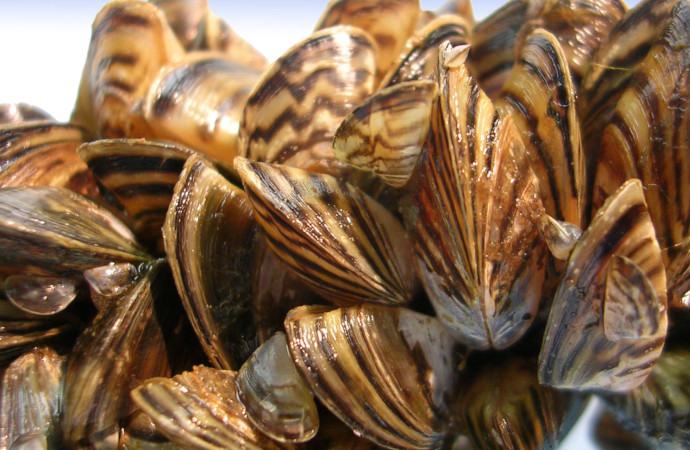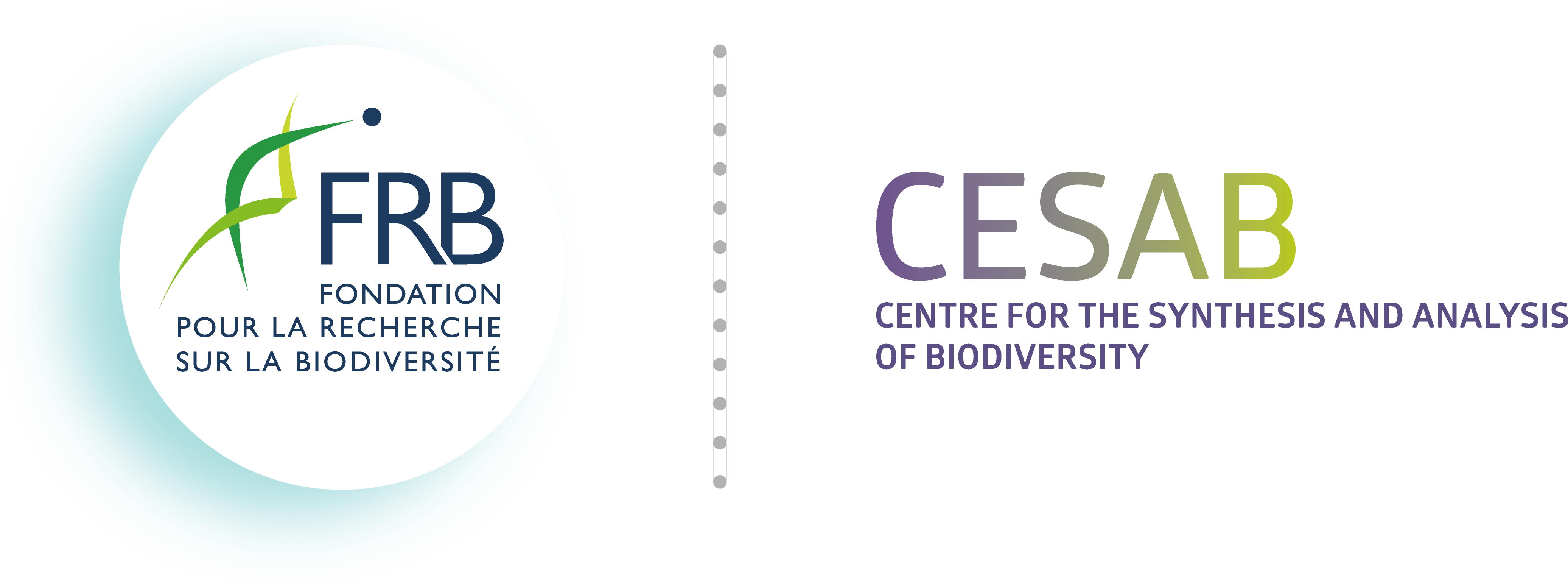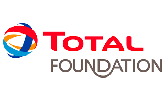COREIDS
Predicting community resilience to invasions from diversity and network structure
 Zebra Mussel ©www.invadingspecies.com
Zebra Mussel ©www.invadingspecies.com As the 4th cause of biodiversity loss in the world, invasive species raise important environmental issues. The COREIDS project aimed to better understand the behavior of these species in ecosystems, to better determine their impacts and, ultimately, to devise strategies to predict and limit them.
The earth has entered a new era since man has extended his grip on nature. This new era is called the “Anthropocene”. It is a change as important as those that delimit the great periods of the geological and biological past of our planet. One of the most striking actions of man is to move animal and plant species from one place to another, often even from one continent to another, intentionally or not. Some of them adapt well to the environment where they are transplanted, and multiply and spread, often to the detriment of local species and sometimes human economic activities.
They are called invasive species. To understand their impact, it is not enough just to understand the links that these species create with the local species present before the arrival of the invaders. Indeed, the local species are interdependent with each other through networks of interactions: for example, one constitutes the food of the other (trophic relation), or one is useful to the other for its reproduction, such as insects that pollinate plants. In such networks, the arrival of an invasive species will not only directly affect the species with which it interacts, but also have an effect that will spread in a chain to the entire species community.
Understanding how these interaction networks work is essential for predicting the impact of an invasive species within an ecosystem. These networks are complex objects that are difficult to describe and study in nature. The objective of the COREIDS project was to gather the available knowledge on how invasive species interact with these networks to better understand their impacts and ultimately to devise strategies to predict and limit them if possible.

© CESAB Coreids 2015

PIs:
Patrice DAVID – CNRS (France); François MASSOL – CNRS Lille (France)
Postdocs:
Grégory MOLLOT – CNRS Montpellier (France); Jelena PANTEL – William and Mary College (USA).
COREIDS brings together experts in community ecology, agro-ecology, food-webs, phytoplankton ecology, genomics and biological invasions.
COREIDS was selected from the 2012 call for proposals. The project selection process was carried out by a committee of independent experts.
[09] Amsellem L, Brouat C, Duron O, Porter SS, Vilcinskas A & Facon B (2017) Chapter 3 - Importance of microorganisms to macroorganisms invasions: Is the essential invisible to the eye? (The Little Prince, A. de Saint-Exupéry, 1943). In: Bohan DA, Dumbrell AJ & Massol F (Eds.), Networks of invasion: Empirical evidence and case studies, Advances in Ecological Research (Vol. 57), Academic Press (pp. 99–146). DOI: 10.1016/bs.aecr.2016.10.005.
[08] Chapuis E, Lamy T, Pointier J-P, Juillet N, Ségard A, Jarne P & David P (2017) Bioinvasion triggers rapid evolution of life histories in freshwater snails. The American Naturalist, 190, 694–706. DOI: 10.1086/693854.
[07] David P, Thébault E, Anneville O, Duyck P-F, Chapuis E & Loeuille N (2017) Chapter 1 - Impacts of invasive species on food webs: A review of empirical data. In: Bohan DA, Dumbrell AJ & Massol F (Eds.), Networks of invasion: A synthesis of concepts, Advances in Ecological Research (Vol. 56), Academic Press (pp. 1–60). DOI: 10.1016/bs.aecr.2016.10.001.
[06] Kamenova S, Bartley TJ, Bohan DA, Boutain JR, Colautti RI, Domaizon I, Fontaine C, Lemainque A, Le Viol I, Mollot G, Perga M-E, Ravigné V & Massol F (2017) Chapter 3 - Invasions toolkit: Current methods for tracking the spread and impact of invasive species. In: Bohan DA, Dumbrell AJ & Massol F (Eds.), Networks of invasion: A synthesis of concepts, Advances in Ecological Research (Vol. 56), Academic Press (pp. 85–182). DOI: 10.1016/bs.aecr.2016.10.009.
[05] Massol F, David P & Bohan DA (2017) Preface. In: Bohan DA, Dumbrell AJ & Massol F (Eds.), Networks of invasion: A synthesis of concepts, Advances in Ecological Research (Vol. 56), Academic Press (pp. xiii – xvi). DOI: 10.1016/S0065-2504(17)30009-0.
[04] Massol F, Dubart M, Calcagno V, Cazelles K, Jacquet C, Kéfi S & Gravel D (2017) Chapter 4 - Island biogeography of food webs. In: Bohan DA, Dumbrell AJ & Massol F (Eds.), Networks of invasion: A synthesis of concepts, Advances in Ecological Research (Vol. 56), Academic Press (pp. 183–262). DOI: 10.1016/bs.aecr.2016.10.004.
[03] Mollot G, Pantel JH & Romanuk TN (2017) Chapter 2 - The effects of invasive species on the decline in species richness: A global meta-analysis. In: Bohan DA, Dumbrell AJ & Massol F (Eds.), Networks of invasion: A synthesis of concepts, Advances in Ecological Research (Vol. 56), Academic Press (pp. 61–83). DOI: 10.1016/bs.aecr.2016.10.002.
[02] Pantel JH, Bohan DA, Calcagno V, David P, Duyck P-F, Kamenova S, Loeuille N, Mollot G, Romanuk TN, Thébault E, Tixier P & Massol F (2017) Chapter 6 - 14 Questions for invasion in ecological networks. In: Bohan DA, Dumbrell AJ & Massol F (Eds.), Networks of invasion: A synthesis of concepts, Advances in Ecological Research (Vol. 56), Academic Press (pp. 293–340). DOI: 10.1016/bs.aecr.2016.10.008.
[01] Romanuk TN, Zhou Y, Valdovinos FS & Martinez ND (2017) Chapter 5 - Robustness trade-offs in model food webs: Invasion probability decreases while invasion consequences increase with connectance. In: Bohan DA, Dumbrell AJ & Massol F (Eds.), Networks of invasion: A synthesis of concepts, Advances in Ecological Research (Vol. 56), Academic Press (pp. 263–291). DOI: 10.1016/bs.aecr.2016.11.001.
